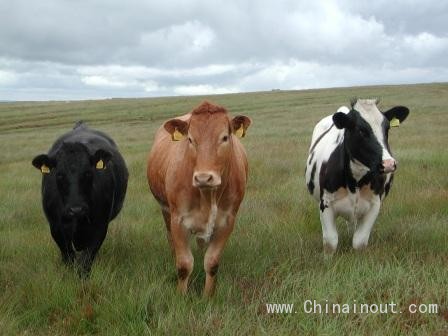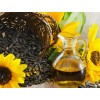澳大利亚悉尼——澳大利亚即将与中国签订活牛出口协议,为供应商打开一个重要市场。供应商们称,由于受到中国对新鲜牛肉的需求的推动,每年的活牛出口量可能会增长到100万头。
该协议可能最终会使澳大利亚的活牛出口量增加一倍。供应商称,这可能会在澳大利亚国内,以及包括印度尼西亚、越南在内的其他活牛进口国,加剧牛肉市场的竞争,进而推高价格。
澳大利亚农业部长巴纳比·乔伊斯(Barnaby Joyce)周五在塔姆沃思对记者表示,“我们即将宣布一项对澳大利亚牛肉产业相当重要的消息。”塔姆沃思位于悉尼以北,是一个农业中心。
他表示,澳中两国的检疫人员为这项出口协议已经努力了大约10年,而且这份出口协议并不属于澳中两国之间,谈判已经进入最后一轮的一项贸易协定。
澳大利亚牲畜出口商委员会(Australian Livestock Exporters’ Council)首席执行官艾利森·彭福尔德(Alison Penfold)表示,业内官员及政府官员在过去12月里,就这项协议密集地开展工作。协议的达成取决于中国国家质量监督检验检疫总局。彭福尔德表示,最后的障碍是,澳方要满足通常适用于活体动物出口的卫生要求,其中涉及确保活牛无病、检测、检疫期,以及壁虱等寄生虫的处理。
乔伊斯说,“这明显是一个重要的市场信号。”他还表示,“牛的价格会上涨,这是好事。”他指的是,随着出口需求推高国内市场及现有海外市场上牛肉的价格,供应商们希望价格能从每公斤两澳元(约合10.6元人民币)提高到三澳元以上。
澳大利亚每年向印度尼西亚、越南、以色列出口大约113万头牛,价值8.6亿美元,而且澳大利亚最近也与柬埔寨达成了协议。北领地养牛业协会(Northern Territory Cattlemen’s Association)会长戴维·沃里纳(David Warriner)警告称,对中国的出口将会慢慢增加,需要一段时间才能达到100万头。
出口商则比较乐观。
“我们最大的市场是印度尼西亚,”澳大利亚最大的私人牲畜出口公司Wellard的老板莫罗·巴尔扎里尼(Mauro Balzarini)说。“我们希望等中国市场打开了,就不只出口活牛,也会在北京等地方建立加工肉类的合资企业。”该公司每年收购并出口大约40万头牛,主要销往印度尼西亚和越南。(中国进出口网)
SYDNEY, Australia — Australia is close to signing an agreement to ship live cattle to China, opening up a significant market for producers, who said exports could grow to 1 million animals a year, driven by demand there for fresh beef.

The agreement could eventually result in a doubling of Australia's export volumes for live cattle. It is likely to increase competition for beef and help lift prices, both in the domestic market and among other buyers of the country's live cattle, including Indonesia and Vietnam, producers said.
“We are on the cusp of a new major announcement for the Australian beef industry,” Agriculture Minister Barnaby Joyce told reporters Friday in Tamworth, an agricultural center north of Sydney.
He said that quarantine officials in Australia and China had worked for about 10 years on the export agreement and that the deal was separate from a trade agreement that is in the final round of negotiations between the two countries.
Alison Penfold, chief executive of the Australian Livestock Exporters' Council, said industry and government officials had worked intensively on the agreement during the past 12 months. Completion of the deal rests with the Chinese General Administration of Quality Supervision, Inspection and Quarantine. The final hurdles involve Australia's meeting health protocols commonly applied to live exports, including disease-free cattle, testing, quarantine periods and treatment for parasites like ticks, Penfold said.
“This is obviously a big market signal,” Joyce said. He added: “You're about to be paying more for cattle, and this is good,” referring to producers' hopes that the price of beef would rise from around 2 Australian dollars a kilogram — a bit less than $0.80 a pound — to above 3 Australian dollars, as demand for exports squeezes prices higher in domestic and existing offshore markets.
Australia exports about 1.13 million cattle a year, worth about $860 million, to Indonesia, Vietnam and Israel, and an agreement was recently reached with Cambodia. Warriner cautioned that the exports to China would build slowly and take some time to reach 1 million.
Exporters were more upbeat.
“Our biggest market is Indonesia,” said Mauro Balzarini, owner of Australia's largest privately owned cattle exporting company, Wellard, which buys and ships about 400,000 head of cattle mostly to Indonesia and Vietnam each year. “We hope once the market in China opens up, we won't just export live cattle, but we will have joint ventures as well for processing, in places like Beijing.”











